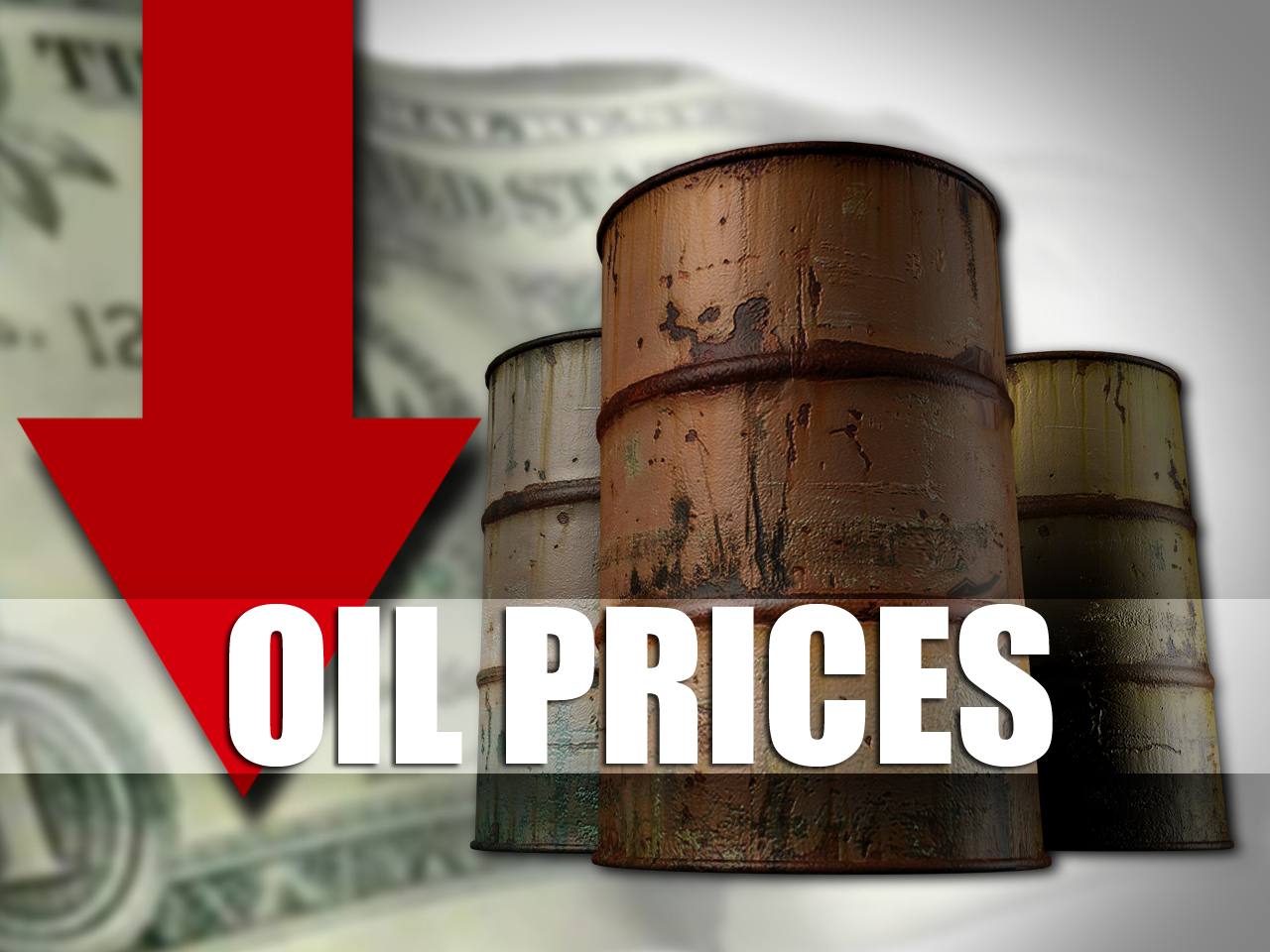Commodities
The price of oil is falling

The price of oil is falling at a moderate pace on Monday afternoon on fears of new rate hikes by the Federal Reserve.
As the Friday statistics showed, the U.S. consumer price index (PCE) rose 0.6% in January compared to the previous month, showing the highest gain in six months. This caused oil drops in value.
The PCE Core Index, which excludes food and energy costs, also rose 0.6% MoM (0.4% in December). In annual terms, the indicator, which the Federal Reserve closely checks when assessing inflation risks, accelerated to 4.7% from 4.6% in December. Analysts had expected less of a rise of 0.4% and 4.3%, respectively.
A persistently high rate of inflation could push the Fed to raise interest rates more significantly, which would have a negative impact on the U.S. economy. A recession, in turn, would reduce demand for fuel, analysts said.
“A series of better-than-expected U.S. inflation data has led to a revision of rate expectations upward,” IG Asia Pte market analyst Yip Jun Rong wrote. At the same time, he noted that signals about the recovery of the Chinese economy can support expectations for global demand for fuel.
April futures on Brent at London’s ICE Futures exchange fell by $0.27 (0.32%) to $82.89 per barrel. WTI April futures quotations fell by $0.20 (0.26%) to $76.12 per barrel at electronic auctions of NYMEX by the indicated time.
Brent added 0.2% and WTI gained 0.3% over the week.
Earlier we reported that Saudi Arabia’s oil production fell 0.3% in December, while exports rose 2.2%.
Commodities
Oil prices rise; U.S. crude inventories plunge, Russia-Ukraine truce eyed
Commodities
India’s Reliance to stop buying Venezuelan oil over US tariffs, sources say
Commodities
Oil prices climb on Venezuela supply worries

 Forex3 years ago
Forex3 years agoForex Today: the dollar is gaining strength amid gloomy sentiment at the start of the Fed’s week

 Forex3 years ago
Forex3 years agoUnbiased review of Pocket Option broker

 Forex3 years ago
Forex3 years agoDollar to pound sterling exchange rate today: Pound plummeted to its lowest since 1985

 Forex3 years ago
Forex3 years agoHow is the Australian dollar doing today?

 Cryptocurrency3 years ago
Cryptocurrency3 years agoWhat happened in the crypto market – current events today

 World3 years ago
World3 years agoWhy are modern video games an art form?

 Commodities3 years ago
Commodities3 years agoCopper continues to fall in price on expectations of lower demand in China

 Economy3 years ago
Economy3 years agoCrude oil tankers double in price due to EU anti-Russian sanctions























